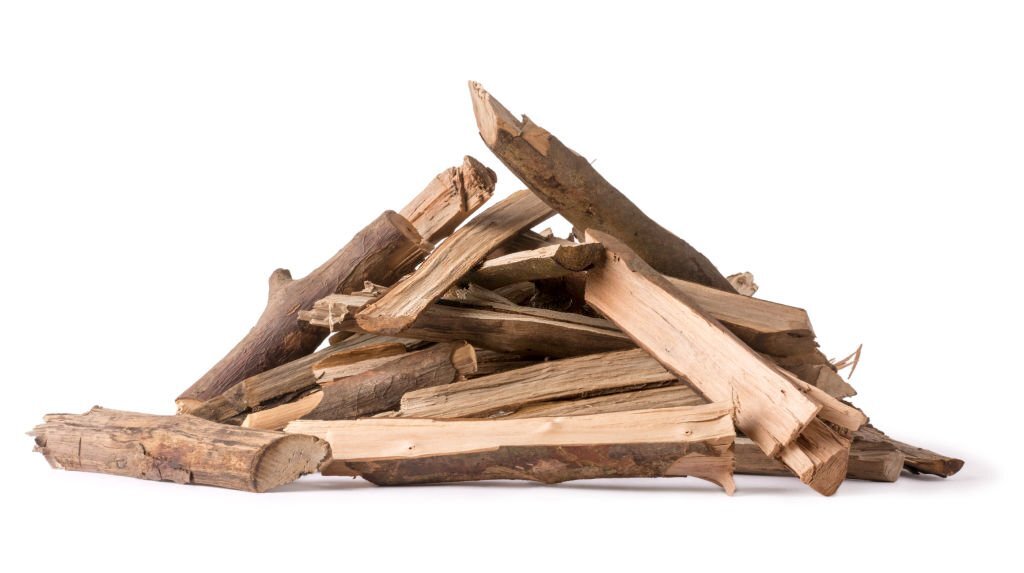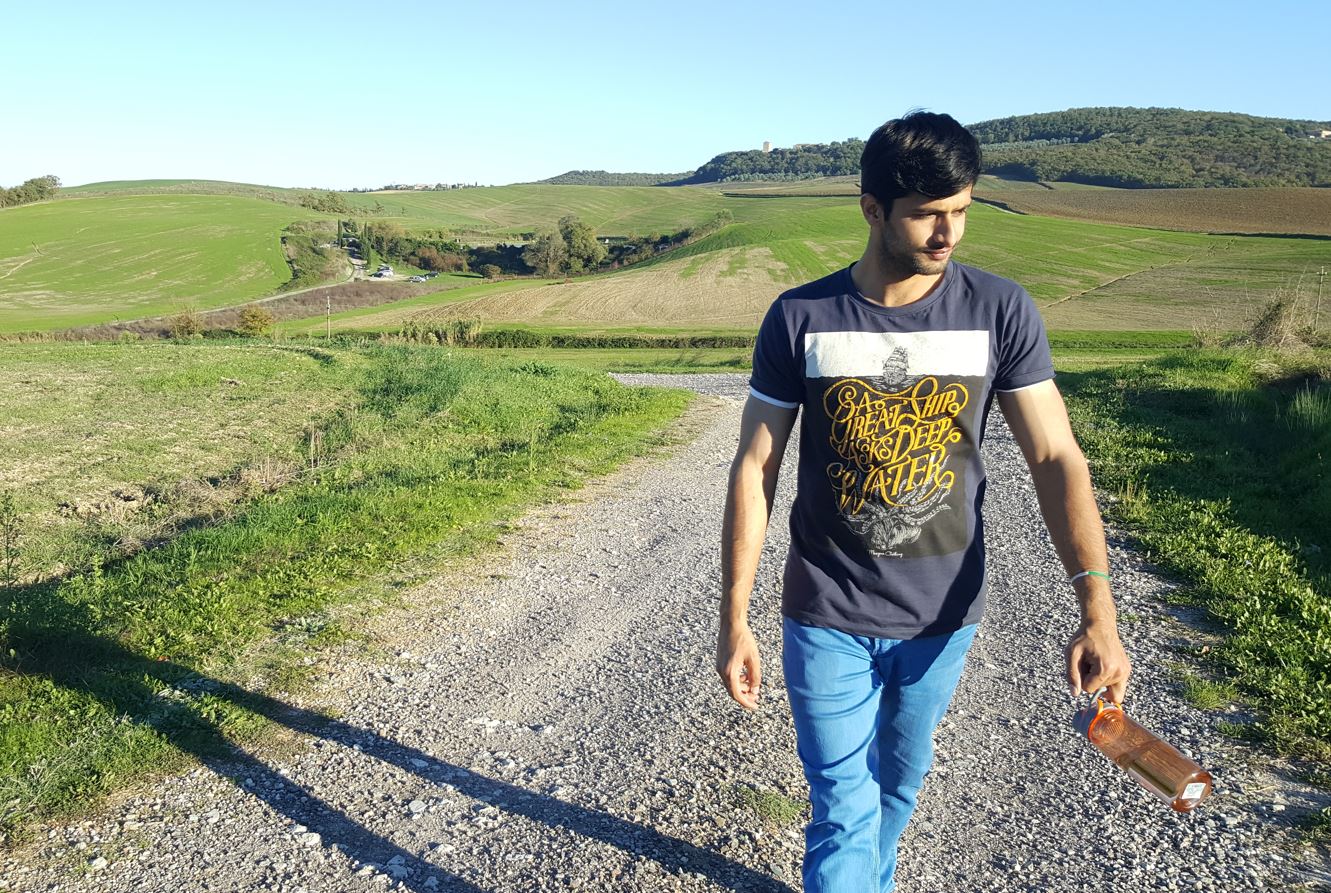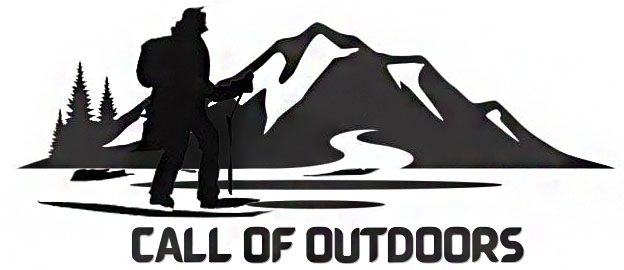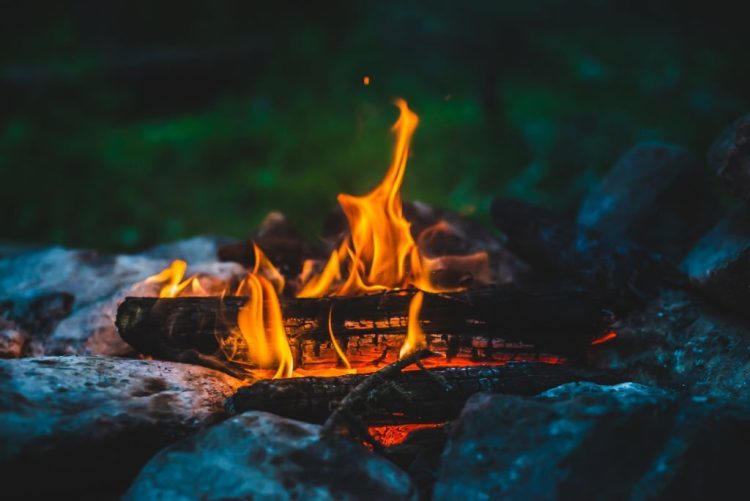Knowing how much wood you need for a campfire is essential when planning a camping trip. For a one-night campfire, expect to use about 10-20 pieces of firewood, depending on the log size and desired fire intensity. If you’re camping for multiple nights, bring around 8 bundles of firewood per day.
The amount of wood you need for a campfire depends upon factors such as the number of campers, weather conditions, and whether you’ll be cooking any meal over the fire. Hardwoods like oak burn longer and hotter than softwoods like pine, which can burn quickly.
To ensure warmth and comfort, it’s wise to pack extra wood. This guide will help you determine the right amount of firewood for your next outdoor adventure, ensuring you have enough to enjoy cozy evenings by the fire. Keep reading to explore detailed recommendations and tips for sourcing your firewood effectively.
Below is a firewood calculator to estimate how many bundles of firewood you’ll need for a campfire:
Campfire Firewood Calculator
Key Takeaways for “How Much Wood Do You Need for A Campfire”
- A typical campfire for one night needs about 2-3 bundles of firewood.
- For multi-night trips, plan for 3-5 bundles of firewood per night.
- Cooking over a campfire may require 1-2 extra bundles depending on meal complexity.
- Colder weather requires more wood to maintain warmth throughout the night.
- Hardwoods burn longer and hotter, making them ideal for longer fires.
- Softwoods ignite quickly but burn faster, making them better for starting fires.
- Summer camping typically needs less wood, while winter camping requires more.
- Always buy local firewood to follow regulations and prevent the spreading pests.
- Foraging for firewood should only involve collecting dead and fallen branches.
- Store firewood in a dry place, both before and during your camping trip.
Understanding Firewood Basics
Before you calculate how much wood to bring, it’s important to understand the basics of firewood types and measurements.
Types of Firewood
There are two main types of firewood: hardwoods and softwoods.
- Hardwoods: These come from trees like oak, hickory, and maple. Hardwoods burn longer and hotter, making them great for long-lasting fires and cooking. They’re denser, so they produce more heat but are harder to start.
- Softwoods: These come from trees like pine, cedar, and fir. Softwoods burn faster and are easier to ignite. They’re useful for starting a fire but burn out more quickly than hardwoods.

How Much Wood Do You Need for A Campfire?
Below is a general estimate of the amount of wood needed for a campfire
| Campfire Duration | Pieces of Wood | Length/Diameter of Wood |
| 1 Hour | 3 to 5 | 12 to 18 inches in length / 2 to 3 inches in diameter |
| 2 Hours | 7 to 10 | 12 to 18 inches in length / 2 to 3 inches in diameter |
| 3 Hours | 12 to 15 | 12 to 18 inches in length / 2 to 3 inches in diameter |
| 5 Hours | 20 to 25 | 12 to 18 inches in length / 2 to 3 inches in diameter |
Firewood Measurements
Firewood is typically sold in bundles or cords. When you buy wood for camping, you’re likely getting it in bundles, which usually contain 5-10 pieces of wood.
| Measurement | Size | Description |
|---|---|---|
| Bundle | 5-10 pieces | Enough for a small, short fire |
| Cord | 128 cubic feet | Typically used for home heating, too much for camping |
If you’re camping for just one night, a bundle or two should be enough, but let’s look at the factors that impact how much wood you’ll need.
Calculating Firewood Needs
- For a one-night campfire: Plan to use about 2-3 bundles of firewood. This should cover you for about 3-4 hours of burn time, perfect for an evening of warmth and socializing.
- For longer trips: Estimate around 3-5 bundles per night, depending on the length of time you plan to have the fire burning and what activities you’ll be doing (like cooking).
Factors Influencing Firewood Requirements
The amount of wood you need isn’t the same for every trip. Several factors can change the amount you should bring:
1: Duration of the Campfire
The duration of the campfire is an important factor to consider when estimating the quantity of firewood needed. A longer campfire will require more bundles of wood.
More people mean a larger fire, which will require more wood. If you’re with a big group, you’ll need to add more wood for warmth and to keep the fire going for longer.
2: Number of Campers
For multi-day trips, calculate the wood for each night and any daytime activities that require fire, like cooking meals or warming up in the morning.

3: Weather
In cold weather, you’ll need more wood to keep warm. A fire burns faster when it’s colder because it has to produce more heat. On warm nights, you can get by with less. If you are traveling in a group of 10 to 12 people, then you’ll require a lot of firewood. I highly recommend going with just add water meals that are easy to prepare and don’t require a lot of fuel wood.

If the weather is wet or humid, it’s best to use dry hardwoods like Oak, Hickory, or Maple, as they burn hotter and longer than softwoods like pine or spruce.
Dry hardwoods also produce less smoke and ash, which is important for maintaining good air quality and minimizing the impact on the environment.
4: Activities
If you plan to cook over the fire or spend long hours socializing around it, you’ll need more wood. Cooking generally requires a steady fire, which means keeping it going longer than if you’re just warming up.
5: Type of Firewood
Different types of wood burn at different rates and produce different levels of heat. Softwoods like Pine and Spruce burn faster than hardwoods like Oak and Maple.
So, if you are lighting the campfire for a short time, then I’ll recommend taking with you Pinewood or Spruce wood. Meanwhile, if you planning to stay for a long time outdoors or if you are planning for a campfire at night, then better opt for Oak or Maple wood.
| Wood | Type Hard/Soft | Burning Grade |
| Apple | Hard | Good |
| Cedar | Soft | Low |
| Cherry | Hard | Good |
| Pine | Soft | Low |
| Spruce | Soft | Low |
| Oak | Hard | Good |
| Walnut | Hard | Low |
| Poplar | Soft | Poor |
| Pear | Hard | Good |
| Maple | Hard | Good |
| Hazel | Hard | Good |
The energy output of wood is measured in BTU (British thermal unit), which is the scale to measure the heat content of fuels and relevant energy sources. The higher the BTU of a particular wood, the more heat energy it will produce as you burn it.
Specific Scenarios and Recommendations for Firewood
Firewood Needs for Cooking
If you plan to cook over your campfire, consider these additional wood needs:
- Simple meals like roasting hot dogs or marshmallows won’t require much extra wood. But, if you’re cooking full meals, like stews or grilling, you’ll need more wood to maintain the fire.
- Cooking methods also matter. A small fire is enough for roasting while grilling requires a stronger, longer-lasting fire. You might need 1-2 extra bundles just for cooking.
Seasonal Considerations
Your firewood needs can change with the seasons:
- Summer Camping: In the summer, you might not need a fire for warmth, so a smaller amount of wood can suffice. One or two bundles may be enough for a short evening fire.
- Winter Camping: In colder months, you’ll need a steady fire to stay warm, especially if temperatures drop significantly at night. Plan for 4-5 bundles per night, or even more if the weather is extreme.
ùPrecautions Before A Campfire
When building a campfire, it’s essential to take safety precautions to prevent wildfires and protect the environment. Make sure that a campfire is permitted by the local authorities in that particular area.
Always clear the dry grass, leaves, or any hanging branches nearby that can catch up the fire. It’s a good practice to stay at least 25 meters away from the structure or a tree that can easily get burned.
Avoid lighting up the campfire on a windy-dry day. By doing so, there are higher chances of triggering a forest fire.
Always attend the campfire and never leave it for a longer period. Make sure to start a small campfire, so that it’s easier to control in case anything goes wrong.
Try to keep a bucket of water, dry sand, and a shovel to put out the fire if it spreads or if you want to leave the camping site.
Conclusion
To have a great camping experience, it’s important to plan your firewood needs ahead of time. By considering factors like the number of campers, weather, and planned activities, you can estimate how much wood to bring.
Make sure to follow local rules for sourcing and storing firewood, and remember to gather responsibly if foraging. With the right preparation, your campfire will provide warmth, light, and plenty of memories.
FAQs
Which firewood is best for a campfire?
Hard Maple is the best wood for a campfire as it is easier to burn and has a high BTU count of 23.7 on the scale. You can also count on Oak wood which burns slowly and has a long-lasting heating effect.
Where can I store my firewood?
It’s important to keep your firewood dry. Store it in a dry place before your trip, and once at the campsite, keep it covered. You can use a tarp to protect the wood from rain or morning dew.
How much firewood do I need for a one-night campfire?
For a one-night campfire, you typically need about 10-20 pieces of firewood, depending on the size of the logs and the desired intensity of the fire.
How long does a bundle of firewood last?
A standard bundle of firewood usually lasts about 2-3 hours, but this can vary based on log size and fire intensity.
What types of wood are best for campfires?
Hardwoods like oak and maple are preferred as they burn longer and produce more heat compared to softwoods like pine.

Hi, I’m Masab Jamal, the founder and head editor of this blog. I love to spend most of my time in the wilderness. Apart from camping and outdoor life, I’m a full time blogger.

